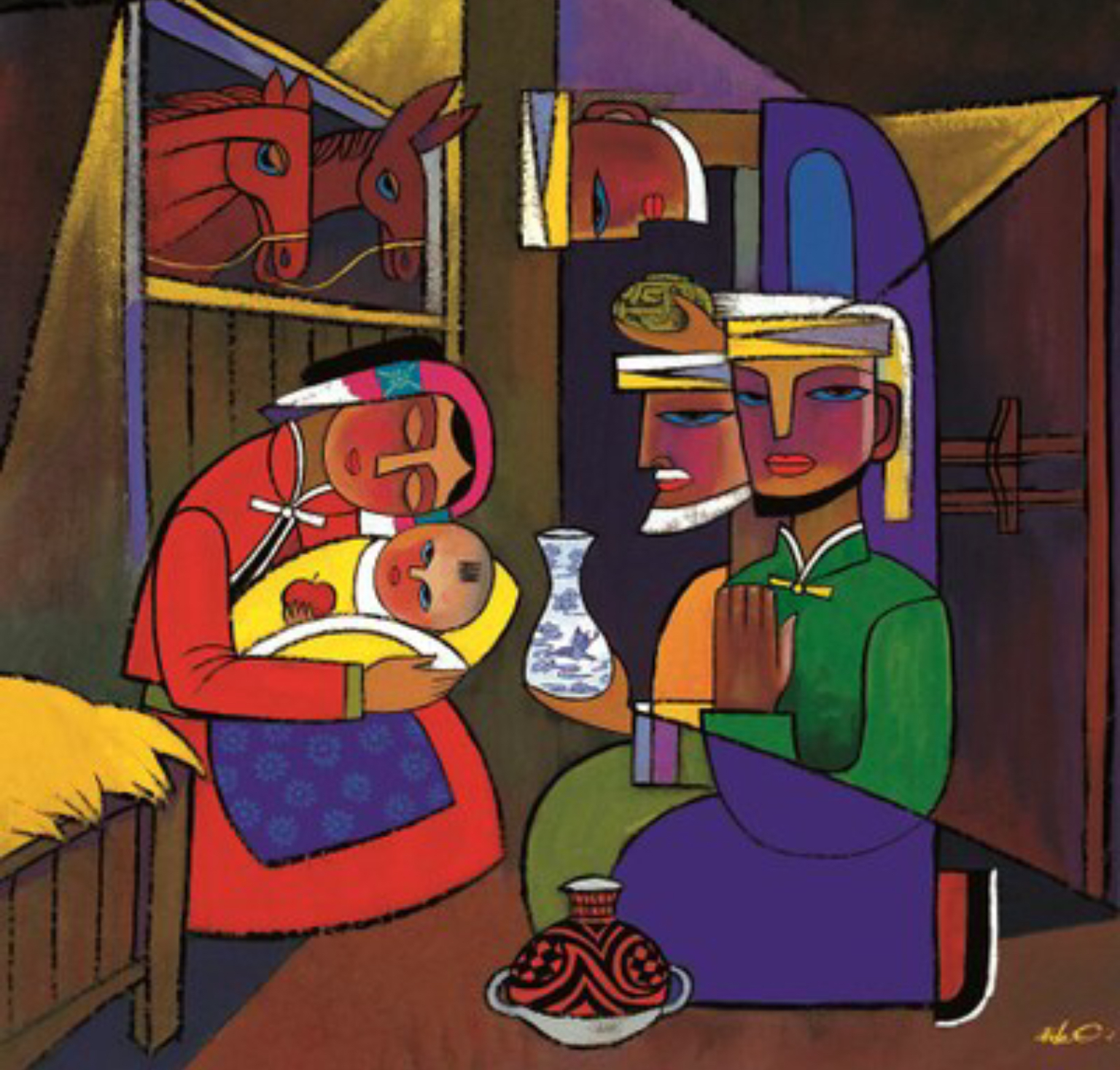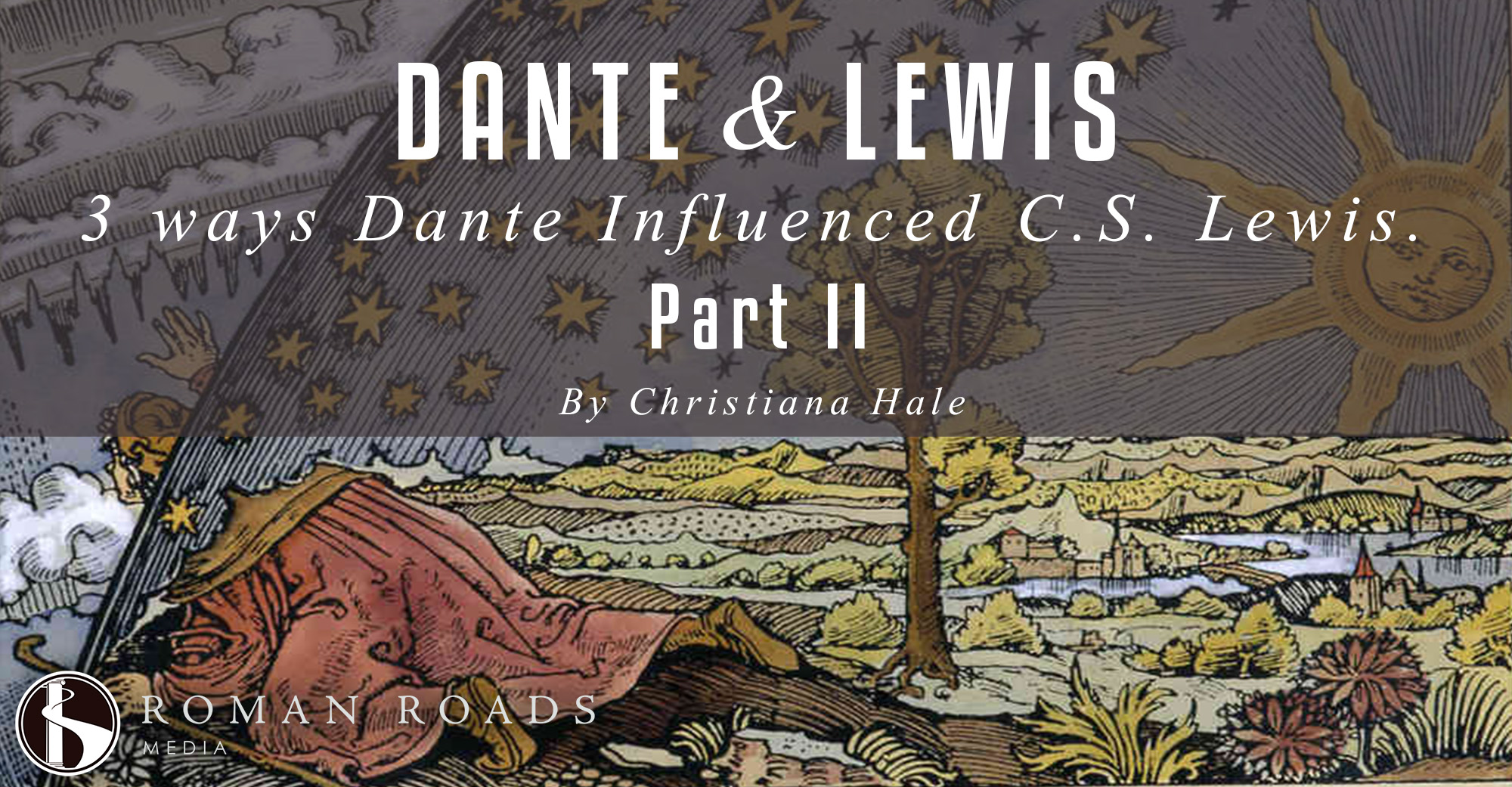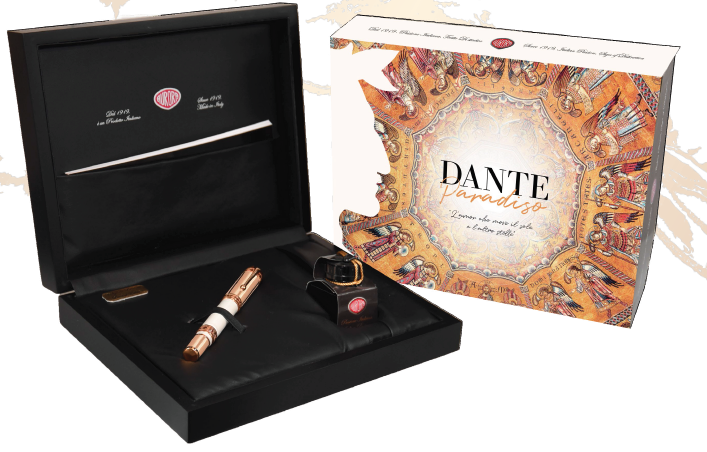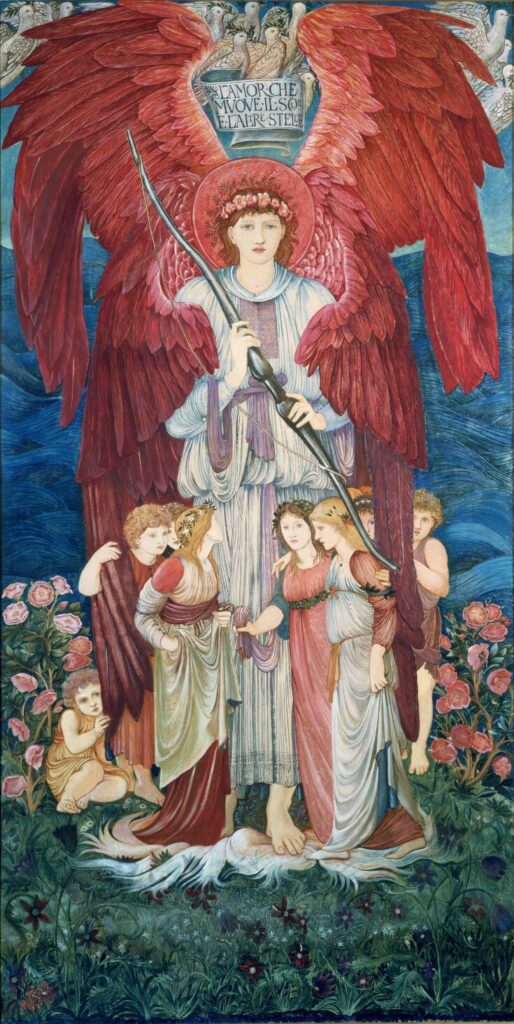“It’s a bit of the very last verse from Paradiso – Dante’s Paradise. ‘My will and my desire were turned by love, the love that moves the sun and the other stars.’ Dante was trying to explain faith, I think, as an overpowering love, and maybe it’s blasphemous, but that’s how I think of the way that I love you. You came into my life and suddenly I had one truth to hold on to- that I loved you, and you loved me.’ – City of Fallen Angels” —”Jace Herondale Quotes,” Jace and Clary, (retrieved on Mar 23, 2023)
“Love that moves the sun and other stars,” Martin Hoegger
“In the last verse of The Divine Comedy, Dante defines God as « l’amor che move il sole e l’altre stelle« , the love that moves the sun and the other stars (Paradise, xxxiii, 145). This means that the stars, the planets, the whole universe are not governed by a blind force, but by a personal will, the Spirit of God, who in Christ revealed himself as Love. This love is the golden thread that links all parts of creation together.” —Martin Hoegger, “Love that moves the sun and other stars,” Martin Hoegger, Dec 30, 2019 (retrieved March 26, 2024)
“3 More Ways Dante Influenced Lewis | Part II”
“If you read my last post and are ready for more specifics on the ways in which C.S. Lewis was influenced by Dante Alighieri’s Divine Comedy in the writing of his Ransom Trilogy, you have come to the right place. The first part of this post can be found here and I do recommend reading that first by way of introduction. And off we go!
“Devils in Disguise: Hell on Malacandra As I said in part 1 of this post, there is a sense in which the trajectory of the Ransom Trilogy both parallels and contrasts that of Dante’s Comedy. Heaven and Hell each get thicker as you go through the Trilogy until they meet, at last, on the Silent Planet in the third book, That Hideous Strength. In this part, however, I am focusing on the parallels between the Inferno, Purgatorio, and Paradisio that exist with each book of Lewis’ trilogy.” —Christiana Hale, “3 More Ways Dante Influenced Lewis | Part II,” Roman Roadspress, June 26, 2015 (retrieved March 26, 2024)
“Aurora Dante Paradiso”
“Among the founding fathers of the Italian language, Dante Alighieri plays a fundamental role.
Through his most important work, The Divine Comedy, he is a source of inspiration
for lovers of art and literature.
Aurora is proud to present the latest Limited Edition dedicated to the Divine Comedy: Dante Paradiso. The final destination of Dante’s journey, which began with the Dante Inferno Pen and ended in the 700th year of the death of the Supreme Poet with Dante Paradiso.
Paradise is the third of the three canticles that make up Dante Alighieri’s Divine Comedy, after Hell and Purgatory. Eternal bliss dwells in Paradise: souls contemplate the divinity of God and are full
of grace. As Dante ascends, the brightness increases around him, and Beatrice’s smile increases
becomes more and more dazzling.
The edition pen in only 1265 pieces, is made of white lacquer with cap and pink gold metallic grip section. Careful details of the decorations of the laurel leaves and the tricolor are present on the ring of the bottom section. The serial number is engraved on the headband while on the top we find the engraving of Dante Alighieri’s face. 18 kt solid gold nib. golden rose. The nib, the real flagship of the Aurora production, made in house, uses a rich range of writing sizes to satisfy all the tastes of calligraphy lovers.
The most special nibs (stub, italic, BB, flex and Goccias) must be ordered as they require extra days for their availability.
“The pen is scheduled for release in the first days of September 2021″ —”Aurora Dante Paradiso,” Stilograph Corsani, September 2021 (retrieved on March 24, 2024)
Love, Watercolor by Sir Edward Coley Burne-Jones (1880s)
“This watercolour is inscribed with a line from the Commedia (The Divine Comedy) by the Italian poet Dante Alighieri (1265-1321): ‘L’amor che muove il sole e l’altre stelle’ (The love that moves the sun and other stars’). It is a highly finished design for a large needlework panel, but now it is considered to be a great watercolour in its own right. Burne-Jones (1833-1898) made several such designs, some of which were worked up into tapestry or needlework by the young Frances Graham, with whom Burne-Jones later fell in love.
[. . .]
“At the time of this painting, Burne-Jones was also working on his famous King Cophetua and the Beggar-maid. The model for the beggar-maid was Frances Graham, and Burne-Jones had fallen in love with her. In 1883, to his great dismay, she announced her impending marriage, and he painted in anenomes – the symbol of rejected love and death – around the figure of the beggar-maid. Here too, in Love, the colours of anemones predominate, rich scarlets and purples against cobalt and turquoise. Just as Dante lost his beloved Beatrice, and Rossetti his Lizzie, so Burne-Jones, on more than one occasion, lost his heart to those like Frances who were unable to return his love.” —Sir Edward Coley Burne-Jones, Love, Victoria & Albert Museum Collections, 1880s (retrieved March 26, 2024)
- « Previous Page
- 1
- 2
- 3
- 4
- …
- 29
- Next Page »





